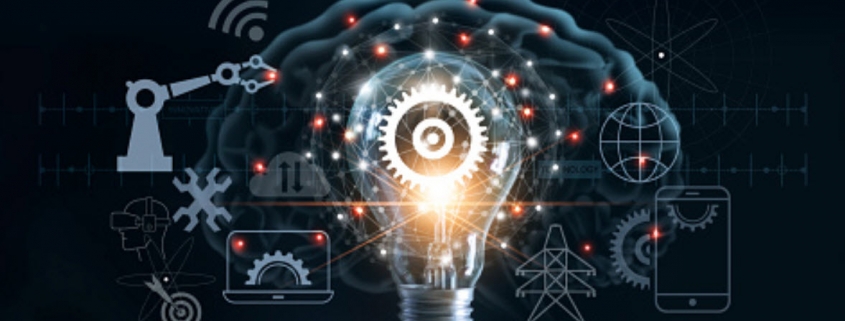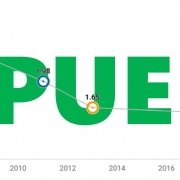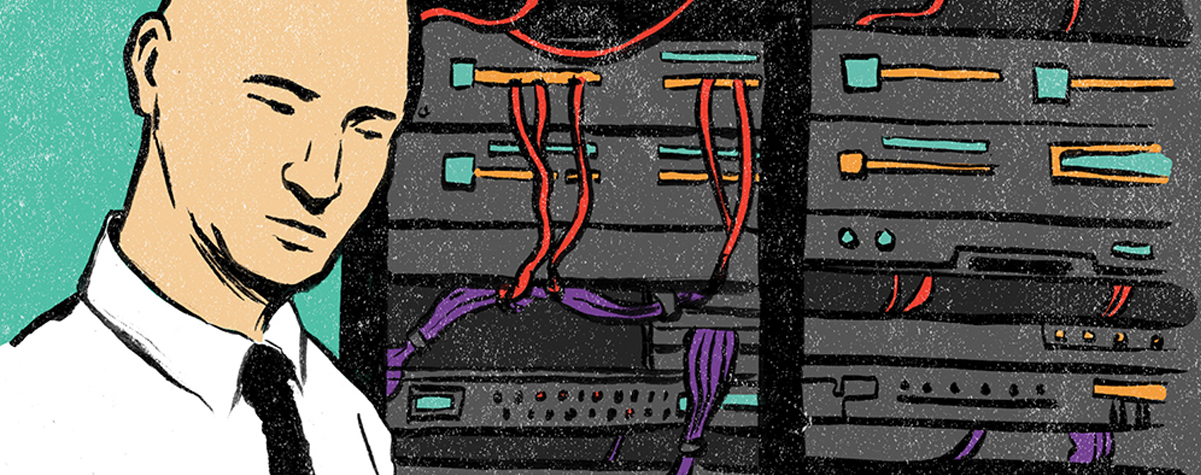The Business Case for Smart Energy is Still in the Making
Smart Energy is getting a lot of airplay in the data center world at present. New or planned products that fall under this broad banner include Energy-as-a-Service uninterruptible power supplies, software-defined power systems, and adaptable redundant systems that enable operators to raise or reduce their level of redundancy according to business needs. It might be argued that some long-established products, such as power capping/management, fall under this banner.
All of these products share a common characteristic. A software control system sits above the hard-wired power switching or power controls in a data center — or between the data center and the utility — and adjusts, in real or near-real time, the demand for and availability of power according to a set of policies. Depending on the infrastructure and systems in place, the power can be controlled by availability, by directional flow, by demand, or even by frequency or voltage.
The policies embedded in the management system might be financial, but might equally be concerned with availability, redundancy, safety and other factors. The data to help make those decisions may come from price signals or models, demand (from IT), equipment status, battery levels or maintenance systems. Implemented effectively, the technology is clearly powerful.

In discussions with vendors, Uptime Institute finds another commonly shared, if not necessarily universal, characteristic: the business case for adoption is a little fuzzy. Rather like data center infrastructure management software, there is a long list of benefits (discussed in the Uptime Institute Intelligence report Smart Energy in the data center), but it is not clear that any single one is overwhelming, given the upfront investment and the concerns about the introduction of complex and unfamiliar new technologies. In recent discussions among Uptime Institute members with considerable data center footprints, releasing stranded capacity and alleviating power needs at peak times emerged as a pressing problem.
The technology certainly has high promise. As our chart above shows in simple graphical form, a big potential benefit is really a form of peak shaving … either trimming demand or increasing capacity. If this can be embedded and trusted, it could significantly cut the capex and opex of data centers.
——————————————————————————–
For more on Smart Energy in the data center, a wealth of research is available to members of the Uptime Institute Network. Members enjoy a continuous stream of relevant and actionable knowledge from our analysts and share a wealth of experiences with their peers from some of the largest companies in the world. Membership instills a primary consciousness about operational efficiency and best practices which can be put into action everyday. For membership information click here.

 Uptime Institute, 2019
Uptime Institute, 2019

 Uptime Institute
Uptime Institute




 Getty
Getty Getty
Getty